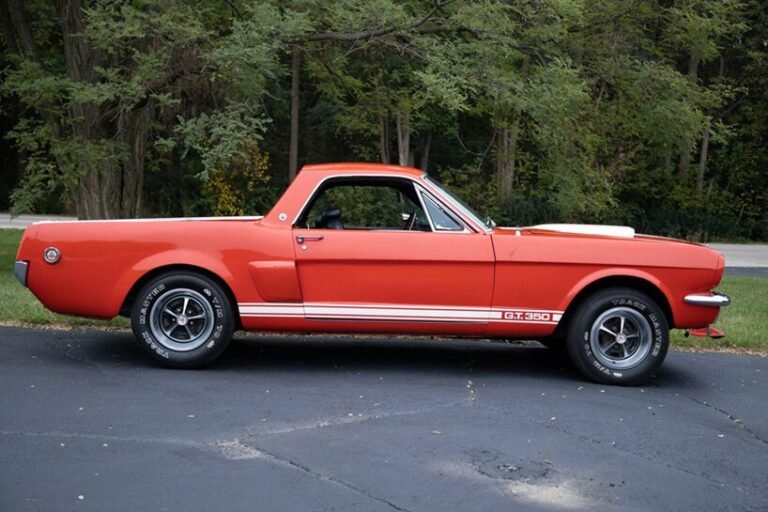Meet the Spanish Artist Transforming Architecture Through Wall Paintings
“You can easily change the perception of your own house,” explains Elvira Solana, a Spanish architect and decorative painter based in Santoña, a seaside town near Bilbao. She has recently given her apartment (pictured) what she calls a “virtual extension,” using brushstrokes to add the clever illusion of curtains, a colonnade, a terrace with an ocean view, and another room. “Sometimes you don’t need to walk into it; you just need to know that it exists,” she muses. “Just sit down and watch your new horizon.” Solana was working as an architect when the 2008 financial crisis prompted her to try something new. She doesn’t recall exactly why she began painting on walls, only that paper felt too small. (“I was looking for the scale that I was used to working with—the house, the human being.”) Mural making felt natural. Researching the history of the art form, she began to play with how two-dimensional images could alter one’s understanding of three- dimensional interiors. Over the years, commissions have rolled in: a pastoral tableau for a French country house; a tropical vista for a villa in Punta Cana, Dominican Republic; ceilings inspired by children’s stories for an apartment in Lisbon. In her own residence, where imagined objects adorn trompe l’oeil shelves and make- believe architecture appears on walls, she has realized her most conceptual work—dramatically rethinking space through surface intervention alone. “In a world that has so many problems, we need to think about ways of transforming architecture without breaking walls,” she explains. “That’s what I want to do—create something new without creating something new.” elvirasolana.com


